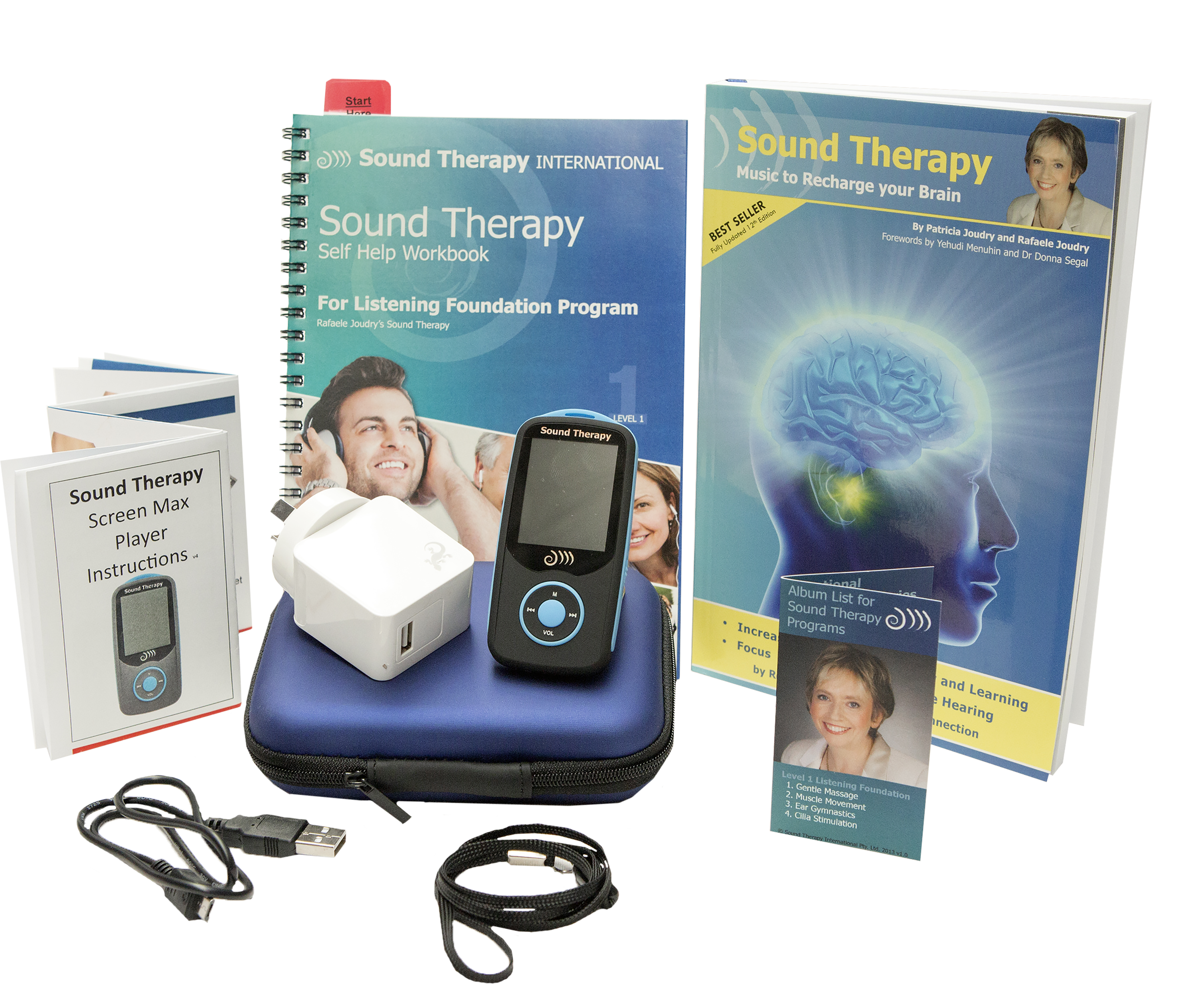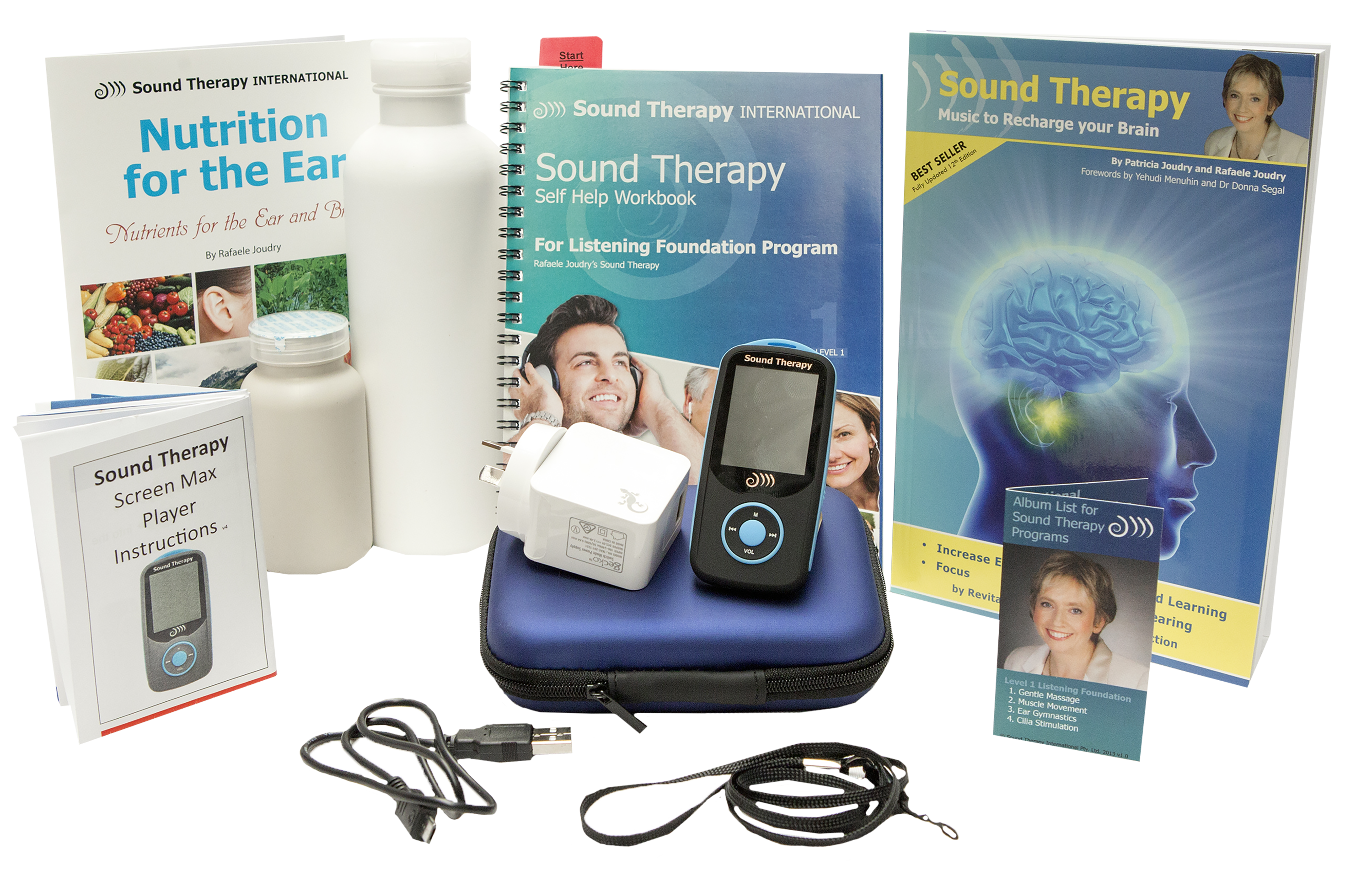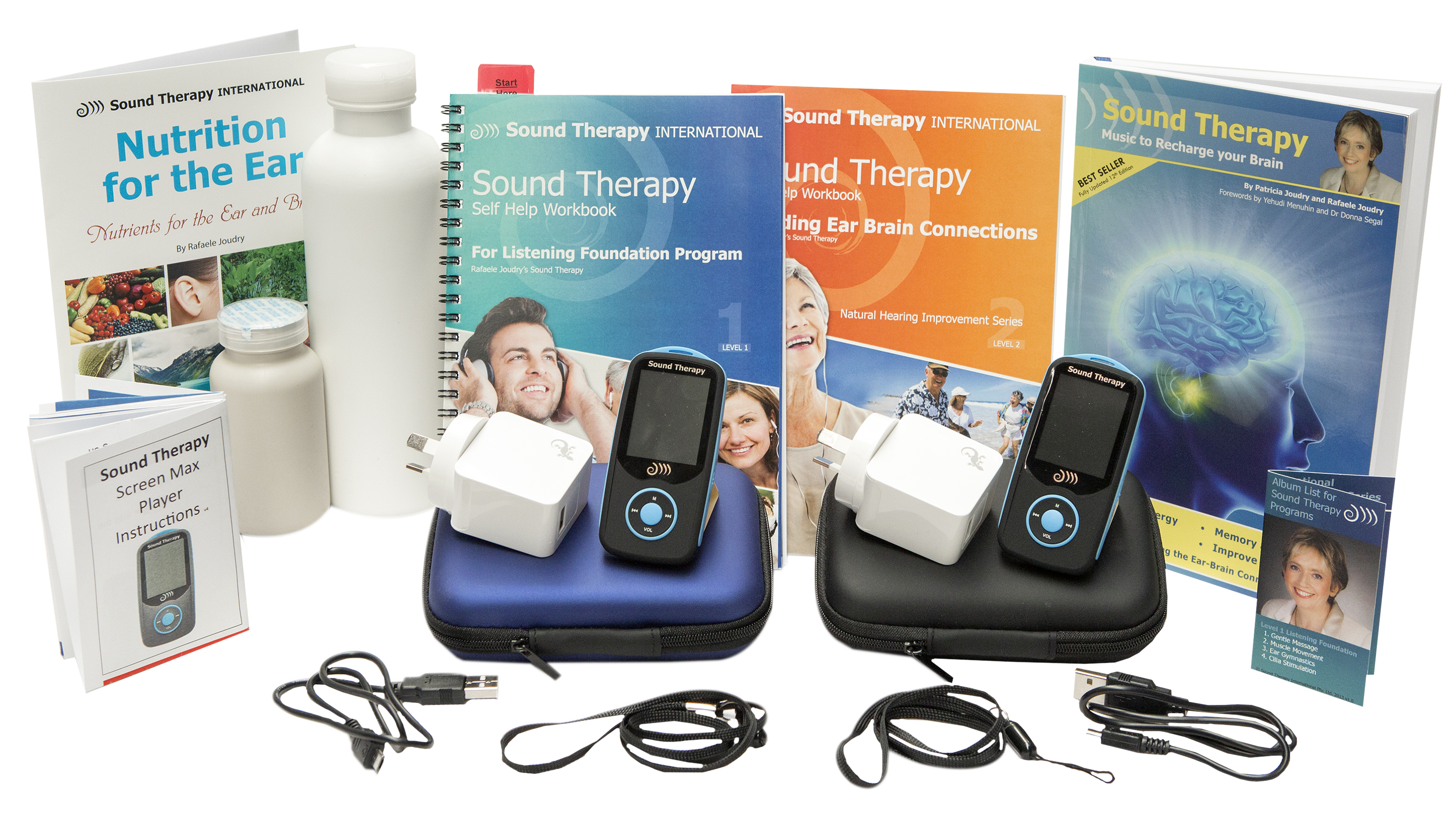White Paper
The science behind Sound Therapy’s impact on hearing
A new understanding of the interactions between the ear and the brain has emerged as a result of the last few decades of research on brain plasticity. The Canadian psychologist, Donald Hebb (1949), proposed that memories are stored in the brain in the form of networks of neurons that he called “cell assemblies.” He surmised that through experience (i.e., learning) when presynaptic and postsynaptic neurons fire action potentials together, the strength of the synaptic connections between them is enhanced. As a result, synaptic associations would grow stronger and tend to persist. In other words: “cells that fire together, wire together.” Decades of research have now confirmed this theory and proven that substantial changes occur, not just in the memory centres but also in the sensory processing areas. The now accepted theory of neuroplasticity, as summarized by Dr Norman Doidge, (2007) holds that thinking, learning, and response to sensory stimuli actually change both the brain's physical structure and physiological function.
Other evidence suggests that
- Auditory re-mapping can improve hearing
- Enhancing central auditory processing improves sound differentiation in noisy environments
- A potential exists for regeneration after sensorineural hearing loss
- High frequency sound stimulation enhances cortical sound processing
- Regular, rhythmic activation of the ear muscles assists to normalise their function
Dr. Alfred Tomatis was the first ear specialist to develop a technique using modified music to stimulate the interconnections between the ear and the nervous system. (Thompson 2000.) In the 50 years of clinical experience and anecdotal evidence amassed by Dr. Tomatis, he showed that specific sound stimulation provided sensory improvements in a number of hearing conditions. (Thompson 2000.)
During this time, our understanding of how the brain processed sound was limited.
Whilst Tomatis had significant success with his treatment, the scientific community was unsure of why it worked. New evidence of brain plasticity now suggests that one of the main reasons for his success is remapping of the auditory pathways in the brain. (Lockhart 2009, Lockwood 1999.)
Brain plasticity
Research has shown that:
“By providing the right input, in a frequent, intense manner for a long enough period of time, firing patterns in the brain become more organized and efficient. This added stimulation helps the auditory pathway to process sound in a more normal fashion.
Sound signal reception is changed in the auditory cortex so that the brain can finally make sense of the signals it receives.”
(Lockhart 2009.)
The human ear is capable of hearing sounds in the frequency range between 20Hz and 20,000Hz. (Campbell 2008.)
By using intensified high frequency sounds, primarily in the range of 8,000 to 16,000 Hz on a consistent basis, their intense and frequent repetition changes the firing patterns and wiring of the brain. (Lockhart 2009.)
These changes act as new experiences and alter the brain’s physical structure and activity. (Rice University 2009, Lockwood 1999, Brain Plasticity and Music 2009.)
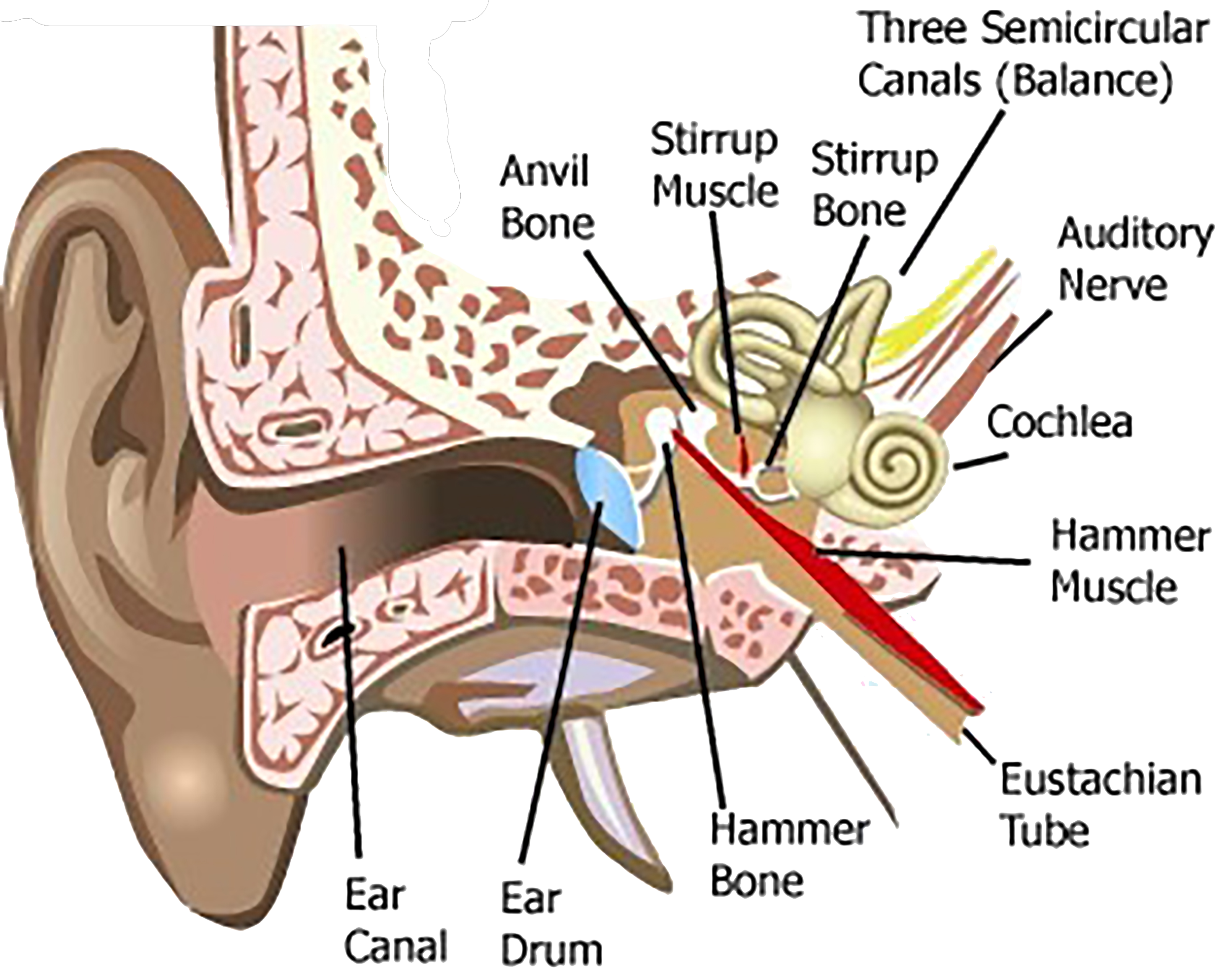

This re-mapping process is a long-term treatment that rewires the brain to provide sound enrichment, reduce tinnitus symptoms, and enable greater hearing efficiencies. As each pathway of the auditory and sensory maps is regenerated naturally, symptom reduction and or abatement occur, so that continual improvements are made. (Alexander Graham Bell Association for the Deaf and Hard of Hearing 2009)
A survey of Sound Therapy listeners found that 90% of tinnitus sufferers benefited from the method in that it reduced stress, anxiety and sleeplessness associated with the tinnitus. 45% of hearing loss sufferers reported significant improvements observed through audiograms, decreased volume requirements, improved sound differentiation and interpretation. (Joudry 2009.)
Sensorineural hearing
It is hypothesised that in some cases, actual repair of the sensorineural hearing apparatus is possible.
Recent research has confirmed the plasticity and potential for regeneration of the sensori-neural auditory system, in experiments on both birds and mammals. Pujol et al (1996) extrapolated from their research on guinea pigs to say:
“This is the first experimental demonstration that a mechanism of regeneration of auditory dendrites and repair of their synapses with the IHCs (inner hair cells)exist in mammalian cochlea after these structures have been destroyed by an excitotoxic injury. Regarding human cochlear pathophysiology this mechanism is probably triggered after excitotoxic insults, and might well account for some of the functional recovery after ischemia-related sudden deafness or acoustic trauma. Of course, in this later case, one must differentiate between the dendritic versus mechanical damage due to the traumatic noise. Considering the rapidity of the mechanism described in this chapter, it is tempting to propose that the repair of synapses accounts for the rapid (couple of days) phase of the TTS recovery, whereas the slower (a week) phase depends on the mechanical repair. A last point should be raised concerning the reproduction of the repair mechanism. Although a long-term counting of the ganglion neurons after multiple injuries is still to come, it is conceivable that each excitotoxic attack may add some irreversible damage to the neurons and, consequently, slow and eventually stop the regenerative process. Neural presbycusis is possibly a good example of this irreversible mechanism.”
Longer term restoration of neural function is more typical in repairing various types of sensory processing in adult humans, and retraining can easily take 18 months or more. (Doige, 2008.)
Enhancing cortical sound processing
Dr. George Richards PhD, speaking at the Australian audiological conference in 2004, expanded thus on Dr. Tomatis’s theories of muscle function and cortical charge:
“Through highly organized temporal stimuli (classical music), which has undergone high band pass filtration, (the Sound Therapy process) a restoration of aural (ear) muscle tone and synaptic firing order occurs. When these two things happen, an enhancement of mechanical tone and tuning occur to provide better cortical processing. Better cortical processing corrects a myriad of problems ranging from: anxiety relief, better hearing, tinnitus control, better balance and coordination, to: feelings of happiness and well being, thus promoting a better homeostasis of global proportions within the individual.
It seems that it is the reestablishing of the ability to listen to the higher frequency that is responsible for repairing and reorganizing cortical pathways. The energy levels coming in from the high frequency areas are more intense than for the lower frequencies.
Dr. Tomatis calls the high harmonics the “charging sounds” while he describes the lower frequencies as the “discharging sounds”. The lower frequencies supply inadequate energy to the cortex and may even exhaust the individual.” (Richards 2004, Weeks, 1989.)
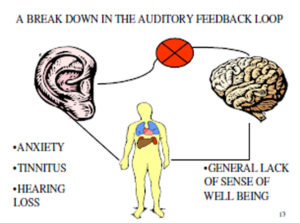

Unveiling Tensor Tympani Syndrome
Ramirez has stressed the importance of inter-disciplinary diagnosis to achieve clinical success in relation to ear muscular disturbance. He states: “Tensor tympani muscle physiology and function in the middle ear have been veiled,” (Ramirez, 2007) but adds, “The tensor tympani muscle (in spite of common belief) is not an inoperative muscle due to it responding electromyographically to strong sounds and vocalization, chewing, swallowing and facial muscle external stimulation.”
“The tensor tympani muscle’s normal activity is related to a reflex neurological mechanism known as centrifuge auditory inhibition control (CAIC). This works in sound trauma protection and hearing discrimination of low tones, besides complex co-activation during velopharyngeal (soft palate and pharynx) movements.”
When tensed, the action of the tensor tympani muscle is to pull the malleus (hammer bone) sideways, tensing the ear drum, damping vibration in the ear ossicles (little bones) and thereby reducing the amplitude (loudness) of sounds. This muscle is contracted primarily to dampen the noise produced by chewing. (Compared to the more general dampening function of the stapedius (stirrup) muscle.)
Abnormal, spontaneous action of the tensor tympani muscle due to increased reactivity, excess tension, or spasms has been dubbed by Klochoff as “Tensor Tympani Syndrome. (Klochoff, 1979)
This can lead to some unusual and hard to diagnose hearing disorders.
“The tensor muscle activity does not cause hearing loss …. in the conventional sense. Still the patient may complain of' “difficulties in catching what people say".
The prevalence of associated symptoms observed by Klochoff was Fullness/pain in the ear - 83%- Tinnitus - 62% -- Distorted hearing 42%-- Tension headache 88% - Vertigo/ dizziness 80% (Kochoff, 1979.)
Hazell similarly stated:
“We estimate that over 40% of our patients at the tinnitus and hyperacusis centre in London complain of, or remark on, symptoms relating to the tensor tympani muscle." (Hazell, 2003)
Routinely suggested therapies include muscular relaxation, sedation, counseling and TMJ realignment. More precise and therapeutically permanent is the reeducation of the middle ear muscles postulated by Tomatis and delivered by Sound Therapy. (Tomatis 1991, Thompson 2000, Weeks 1989, Richards, Joudry 2009.)
As well as better hearing, listeners report relief for hyperacusis as the normal responsiveness is restored to the middle ear muscles. (Joudry 2009.)
Scientific recognition
As understanding of the rehabilitative potential of music on the ear and brain deepens, scientific recognition and professional support for Sound Therapy is increasing. (Joudry 2009.)
Guy Allenby wrote in the Sydney Morning Herald:
“For those suffering hearing loss 56 per cent reported some benefit. Meanwhile, 98 per cent enjoyed less stress and better sleep and energy levels. Professor Gibson (a leading Sydney ENT) says he has referred patients to Sound Therapy and has found it "one of effective treatments". (Allenby 2003.)
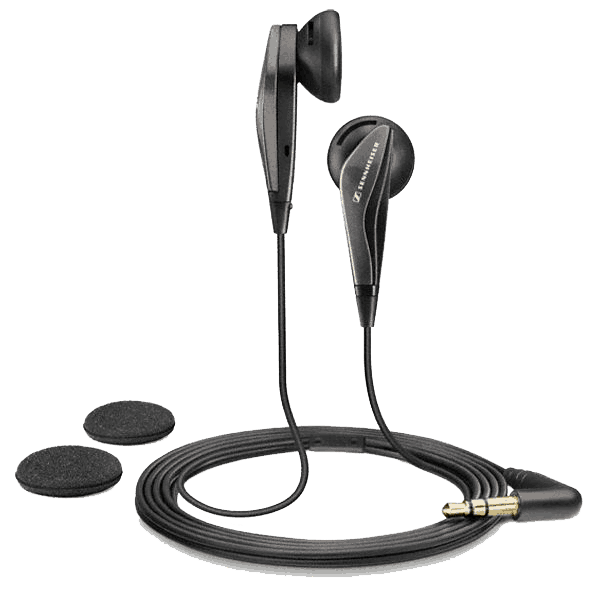  |
or |
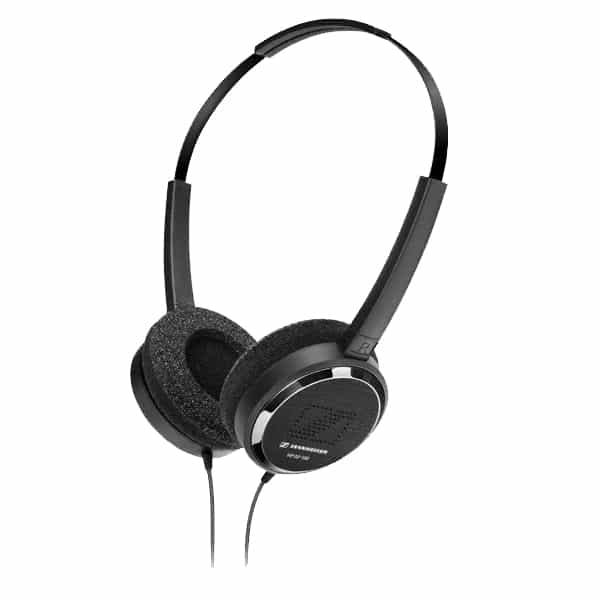  |
  |
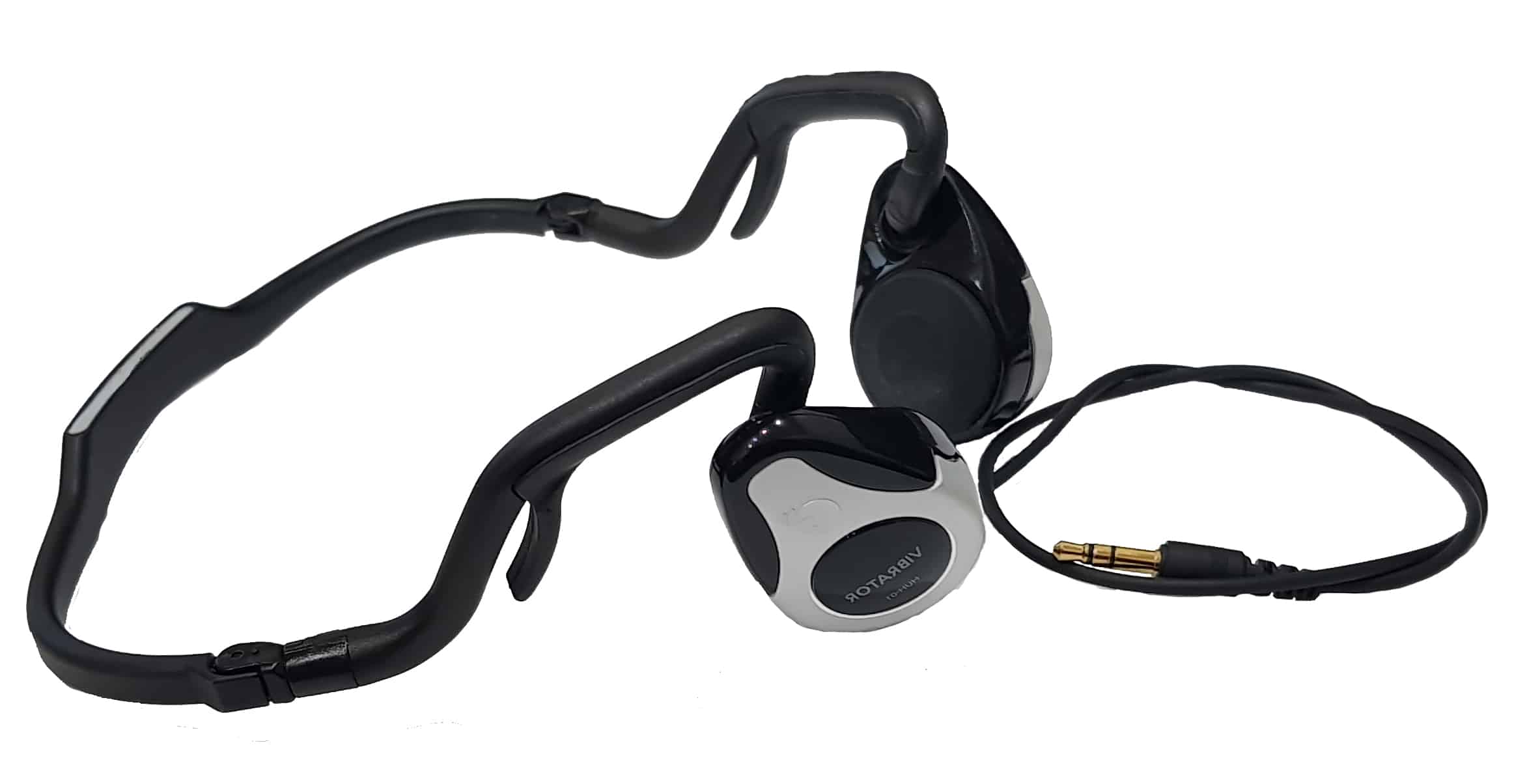  |
  |
  |
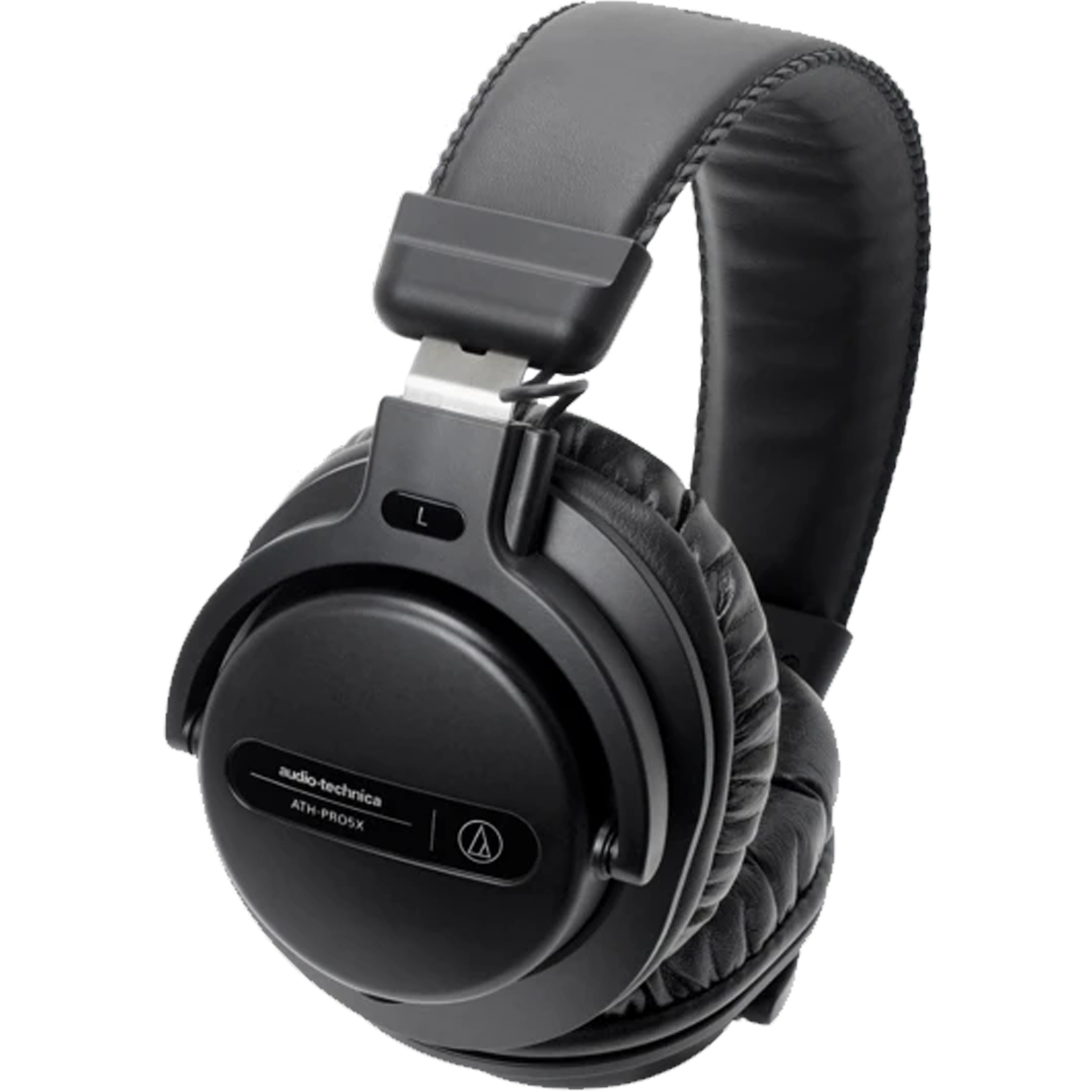  |
| An affordable option with everything you need to get started with Sound Therapy |
| Add the benefits of nutritional support and bone conducted sound to improve your results |
| Contains everything in the Triple Mode package plus our very best headphones and both Level One and Level Two programs. |
SAVE $284
SAVE $430
SAVE $667
REFERENCES
• Alexander Graham Bell Association for the Deaf and Hard of Hearing, (2009). Recommended LSLS Protocol For Audiological Assessment, Hearing Aid Evaluation And Cochlear Implant Monitoring. www.agbellacademy.org/RecommendedProtocolforAudiologicalAssessment.pdf
• Allenby, Guy, (2003). “The Sound of Therapy”, Sydney Morning Herald, 24th July, http://www.smh.com.au/articles/2003/07/24/1058853174428.html
• Brain Plasticity And Music, (2009). In Citizendium, http://en.citizendium.org/wiki/Brain_plasticity_and_music
• Campbell, D., (2008). “Listening, The Ear And Development: The Work Of Dr.Alfred A.Tomatis.” Available at http://www.newhorizons.org/
• Doidge, N., (2008). The Brain that Changes Itself. Scribe Publications, Carlton North, Vic.
• Hazell, J., (2003). “Things that go bump in the night”, ITHS Newsletter 5 Jan.
• Hebb, D. (1949). The Organization of Behavior. John Wiley & Sons Inc.
• Joudry P and Joudry, R., (2009). Sound Therapy: Music to Recharge Your Brain, Sound Therapy International, Sydney.
• Klochoff, I., (1979). “Impedance Fluctuation And A ‘Tensor Tympani Syndrome’”. Proceedings of the 4th International Symposium on Acoustic Impedance Measurements, Lisbon, Universidad Nova de Lisbona Ed Penha & Pizarro, pp.69-76.
• Lockhart Lawrence, D. (2009). “Brain Science In The 21st Century: What Lies Ahead?” Advanced Brain Technologies. http://www.advancedbrain.com/Article_Brain_Science_in_the_21st_Century.asp
• Lockwood, A.H., et al, (1999). “The Functional Anatomy Of The Normal Human Auditory System: Responses To 0.5 And 4.0 Khz Tones At Varied Intensities.” Cerebral Cortex, 9, 65-76.
• Pawlak-Osinska, K., et al, (2001). “Musictherapy By J.R. Kohler In Tinnitus Patients – Subjective And Objective Evaluation.” Archives of Sensology and Neurootology in Science and Practice – XXVII Congress of GNA-NES, Alghero, Italy. See http://neurootology.org
• Pujol, R., et al (1996). “Repair of inner hair Cell-auditory nerve synapses and recovery of function after an excitotoxic injury” in Salvi, R.J. et al, (Eds.) 1996, Auditory System Plasticity and Regeneration. Thieme Medical Publishers, New York, pp. 100-106.
• Ramírez, L.M., et al (2007). “Tensor Tympani Muscle: Strange Chewing Muscle.” Med Oral Patol Oral Cir Bucal, 12, 96-100.
• RICE University. (2009). SOM Illustrations, Elec / Comp 602. RICE University, Texas, US. http://www.ece.rice.edu/~erzsebet/ANNcourseII-04/handouts-ANN-II/Self_Organizing_Maps-EM602.pdf
• Richards, G., et al (2004). “The Therapeutic Effects Of High Band Pass Classical Music And Antioxidant Supplements.” Presented to Australian Audiological Society Conference, Brisbane.
• Thompson, B.M., Andrews, S.R., (2000). “An Historical Commentary On The Physiological Effects Of Music: Tomatis, Mozart And Neuropsychology.” Integrative Physiological and Behavioural Science, 35(3), 174-188.
• Tomatis, A. A., (1991). The Conscious Ear, Station Hill Press, New York.
• Weeks, Bradford S., (1989). “The Therapeutic Effect of High Frequency Audition and its Role in Sacred Music”; in About the Tomatis Method, eds. Gilmor, Timothy M., et al, The Listening Centre Press,

